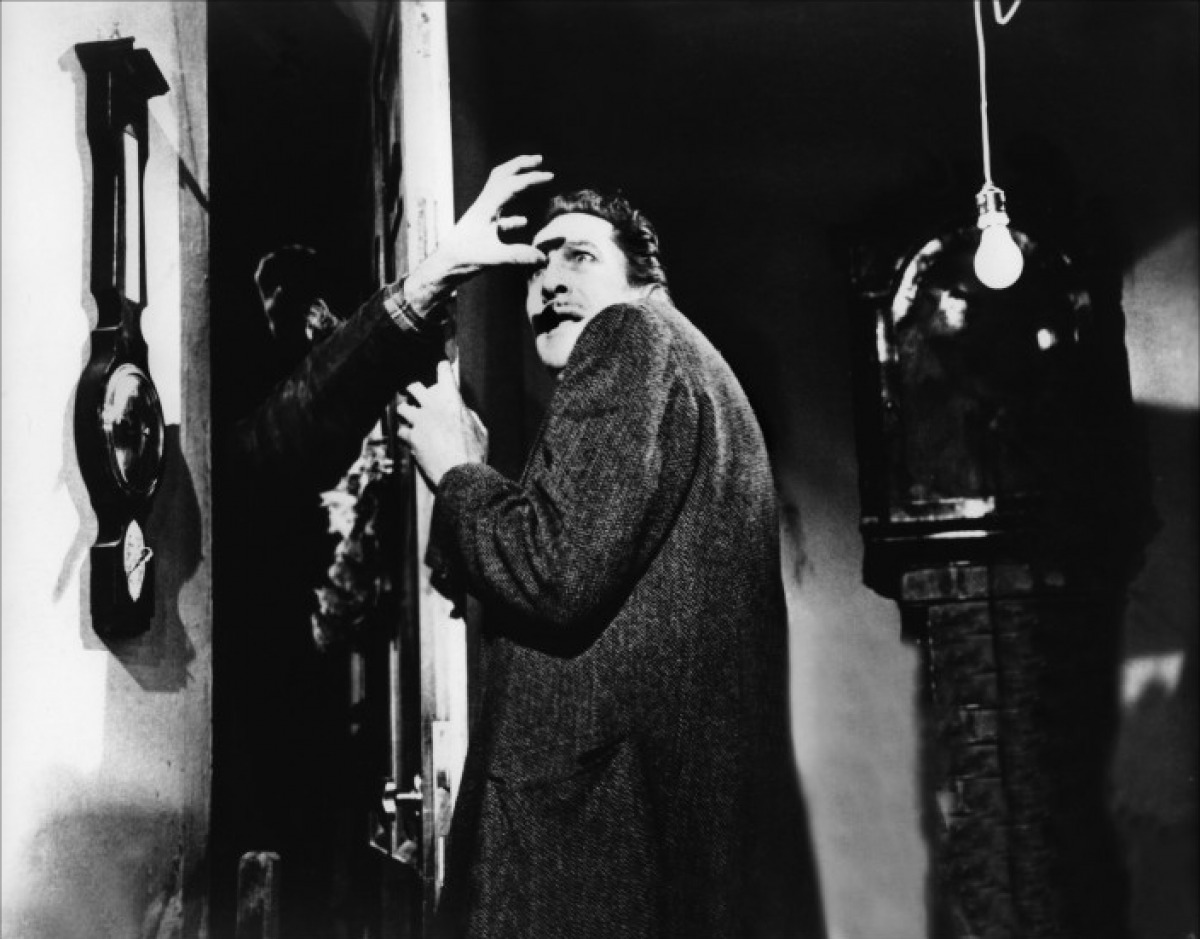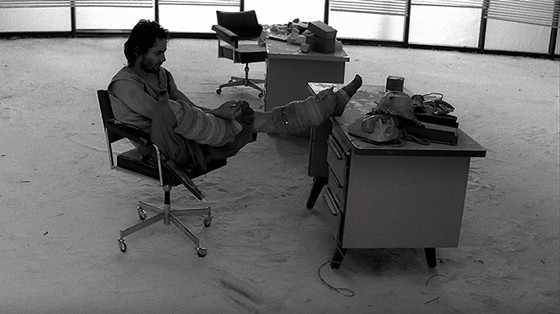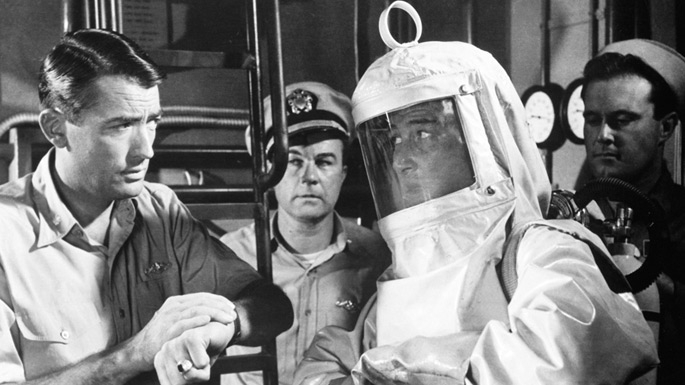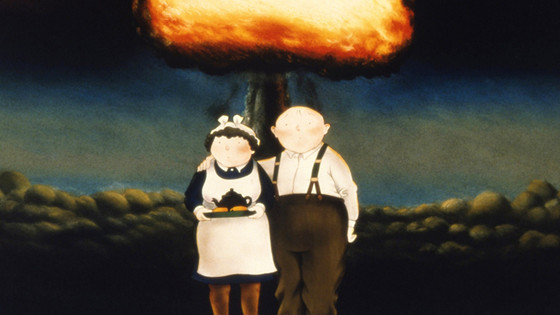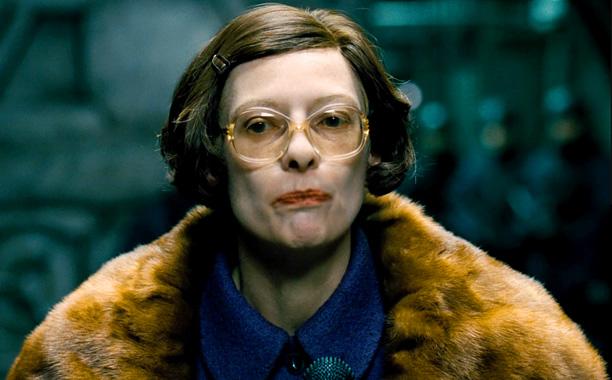
Let’s start by qualifying which types of film this article will include. First of all, we decided to focus on films which deal with the survival of a greatly diminished population after an apocalyptic event and not to include movies which deal with more or less functional rebuilt societies after such an event. Most of those we would actually classify as dystopian films anyway and hence movies like Akira or Things to Come also haven’t been included.
Secondly, we decided to take the term post-apocalyptic literally and not to include any films which deal exclusively with the lead up to an apocalyptic event or the event itself. This explains the omission of for instance Children of Men, which otherwise would more than likely have been included.
And then there are also some science fiction classics, which whilst strictly speaking are post-apocalyptic, also haven’t been included as their main focus wasn’t on the survival of few after a catastrophic event. The first Planet of the Apes, in which it only becomes apparent that we are dealing with earth in the final moments of the movie, is a prime example of this.
The same goes for The Matrix, a great dystopian science-fiction film, which is so far removed from our reality, it simply didn’t fit the criteria. And finally, we have not included films produced for television, hence the omission of films like Testament, Threads or The Day After.
After those perimeters had been established, we just set out to think of ten films which would fit them, whilst also trying to offer up an eclectic and varied bunch of movies from different eras and countries. Some of these titles will be extremely well known and obvious choices, whilst other will hopefully be less expected and possibly even completely unknown to the reader.
Whilst virtually all post-apocalyptic films are by their very nature a sub-genre of science fiction, some of the selected titles are trying to paint a highly realistic picture whereas others clearly take the more fantastical and spectacular route. Either way, we hope that there’s a good suggestion or two to be found for everyone in these ten post-apocalyptic goodies.
10. The Last Man on Earth (Ubaldo Ragona & Sidney Salkow, 1964)
The first of three serious feature film adaptations (I am not counting the 2007 Asylum produced I Am Omega) of the science fiction novel I Am Legend by Richard Matheson still remains the most interesting one. 1971’s The Omega Man is simply atrocious, and whilst the 2007 Will Smith vehicle I Am Legend had its merits, it suffered from dodgy CGI, a terrible ending and of course Will Smith, who can not compete with the awesomeness which is Vincent Price, the protagonist in The Last Man on Earth.
In a post-epidemic world in which the entire population of the planet has been transformed into creatures which are best described as vampires with a streak of zombie in them, Dr. Robert Morgan (Price) is the only man left alive. He somehow has proven immune to the disease after having been bitten by a bat in Panama years earlier.
The vampiric undead, however, are dimwitted slow creatures and Morgan goes out every night to kill and dispose as many of them as he possibly can. One day however, he spots a woman who isn’t behaving like these creatures. Taking her home, he learns that her name is Ruth and that she’s part of a group of people who have found a vaccine, which doesn’t cure the disease but manages to keep it at bay as long as one keeps injecting it in bloodstream regularly.
He manages to cure the woman by giving her a transfusion of his own blood and starts to hope that they can rebuild a normal society but Ruth’s group of semi-vampires has other plans.
The Last Man on Earth is an interesting film for a variety of reasons. First of all, it is a low budget affair which, instead of playing it for thrills, focuses on the isolation and the loneliness resulting from being the last of one’s kind.
Secondly, it benefits greatly from having Vincent Price in the lead role, who gets to ham it up nicely as Dr. Morgan. And lastly the film’s depiction of the undead became a major influence on George A. Romero, who has publicly acknowledged the novel as part of his inspiration, when he conceived zombies for Night of the Living Dead. And the creatures in The Last Man on Earth sure stumble around like Romero’s zombies would do a few years later.
Whilst tame and dated by today’s standards, The Last Man on Earth remains a wonderful oddity and arguably the grandaddy of all post-apocalyptic horror films which have followed since.
9. Le Dernier Combat (Luc Besson, 1983)
Le Dernier Combat is a remarkable film for a variety of reasons. First of all it was the directorial debut for Luc Besson, who was only 24 years old at the time, as well as the acting debut for Jean Reno, who would go on to star in various other Besson vehicles. Secondly it is shot in black and white and because people have lost the ability to speak the film has basically no dialogue during its 80 minute run-time.
The story is set in a desolate post-apocalyptic landscape, after some sort of disaster has left the planet ravaged. An unnamed isolated character (Pierre Jolivet), simply referred to as “The Man” in the film’s credits, spends his time scavenging parts to build an airplane, in the hope of finding civilisation and a female somewhere. In the meantime he is also battling a gang of thug survivors nearby who are led by a man in a white suit.
After he finally manages to obtain the battery he needs to get his plane off the ground, he takes off and finds the remnants of a city. There he is attacked by “The Brute” (Jean Reno) but manages to make his way into a barricaded hospital, where a doctor, who has also been terrorised by the brute, has been holed up. The doctor also has a woman locked in a cell, which pleases the man immensely as he has been looking for a female all this time. But when the brute makes his way into the hospital too, the consequences are dire.
Being a very low budget affair, Le Dernier Combat probably was shot in black and white and without dialogue out of necessity but Besson manages to make these limitations work to his advantage. The cinematography is great and the lack of dialogue give this movie a unique and surreal feel. It also leads to one poignant scene where the only word in the entire movie is spoken after the man and the doctor have developed a friendship whilst being holed up in the hospital.
Le Dernier Combat also marked the first collaboration between Besson and Eric Serra, who would score the majority of Besson’s films throughout his career. The film and Besson won Best Picture and Best Director awards at various international festivals and the movie was also nominated for Best First Feature at the César Awards in France.
8. On The Beach (Stanley Kramer, 1959)
Based on the 1957 novel of the same name by Nevil Shute, and the first of two adaptations for the screen (the second one being an Australian television film produced in 2000), On The Beach is a post-apocalyptic drama and considered the first truly important entry in the genre. The film was a major Hollywood production and starred Gregory Peck, Ava Gardner, Fred Astaire and Anthony Perkins.
Set in 1964, which would have been five years in the future at the time the film was released, the world has been devastated by a nuclear war and all life on the northern hemisphere has been erased. The only place still habitable for the time being is Australia, although air currents will shortly also deliver the radio-active fallout there.
The film follows submarine commander Dwight Towers (Peck) as he makes his way from Australia to the United States to investigate the source of Morse code which is being received from San Diego, only to find out that it’s caused by a Coca-Cola bottle tapping a telegraph key due to wind.
The crew return to Melbourne and live out their last days as their impending doom nears. Whilst people are being given suicide to avoid the long suffering caused by radiation, Towers spends his last days with Moira (Gardner), an alcoholic woman he is in love with, Julian Osborn (Astaire), a scientist, and the young couple of Peter and Mary, who are expecting a child as well as being in denial about the fate which looms over everybody.
A flawed film, On the Beach regularly becomes overly melodramatic and very heavy-handed but still manages to perfectly convey the bleak sense of desperate doom felt by those who are still alive, knowing that their end is near. It’s also the oldest film on this list and the first, during the height of the cold war and nuclear paranoia, to address the topic of nuclear devastation directly and unflinchingly.
Ultimately these qualities overcome the less successful aspects of the film and it remains a powerful work, even 65 years after it was initially released. The film was nominated for two Academy Awards, five Golden Globes and won director Stanley Kramer the BAFTA UN Award.
7. Snowpiercer (Joon-ho Bong, 2013)
The English language debut feature for Korean director Joon-ho Bong and his first international co-production, Snowpiercer is a slick looking science fiction film set in the not too far a future. The film is based on a French graphic novel by Jacques Lob, Benjamin Legrand and Jean-Marc Rochette called Le Transperceneige and as opposed to many films in this genre, the world here has became a frozen wasteland.
After humanity and life on the planet have gone virtually extinct due to man’s meddling with the climate, the only survivors find themselves on a constantly moving hi-tech train, which circles the planet. As a result of an experiment to reduce global warming years earlier, outside there is nothing but ice, snow and freezing winds.
Inside the train a class system has evolved, with the poor in terrible conditions stacked in the back of the train whilst being constantly oppressed by the rich, who live at the front of the train in luxury. Something has got to give and soon Curtis (Chris Evans) leads his people from the rear of the train in a revolt, trying to make it to the front where the all important engine is situated.
A highly stylized and high concept film, Snowpiercer has a great international cast including Chris Evans, Song Kang-ho, Go Ah-sung, Jamie Bell, Ewen Bremner, John Hurt, Tilda Swinton, Octavia Spencer, and Ed Harris. Whilst sometimes pushing the boundaries of the suspension of disbelief, there is plenty to make up for this in terms of visuals, ideas and cast.
Some of the wagons designs are simply fantastic and Joon-ho Bong manages to conjure up a few really nice set pieces. A must see for science fiction enthusiasts and a great recent addition to the genre, which manages to feel fresh.
6. When the Wind Blows (Jimmy T. Murakami, 1986)
Based on the graphic novel of the same name by Raymond Briggs, When the Wind Blows is a British animated feature, dealing with the aftermath of a nuclear attack as experienced by an elderly couple in the United Kingdom. Certainly not an animated feature made for the little ones, When the Wind Blows is powerful and dramatic stuff. The film features various styles of hand-drawn animation, stop-motion animation and even mixes in some real0life footage.
James and Hilda Bloggs (voiced by John Mills and Peggy Ashcroft) are an elderly retired couple going about their daily routine in Sussex, England. As the international situation worsens and it becomes apparent that a nuclear war with the Soviet Union is approaching, James starts making preparations as per the instructions of the government. He builds a shelter in their home and starts stockpiling supplies.
Both James and Hilda are very simple and naïve folk and fully expect that even if a war occurs, they will be able to survive, just like they did World War II, as long as they follow their government’s instructions. When the war actually starts, they hide in their shelter, only to come out a few days later to find that all communication and utilities have been turned off.
They go about their business in the days that follow, confident that help will arrive, but nothing happens and slowly they start to succumb to radiation sickness as their supplies start running out.
A grim and bleak tale of nuclear destruction and its effects on ordinary citizens, not understanding its full consequences, When the Wind Blows is a dramatic animated feature quite unlike any other. Whilst the couple are portrayed as overly simple folk, naïve about nuclear war and even nostalgic about some of their experiences in World War II, the film does hit home after the nuclear attack actually occurs and does not shy away from taking things all the way to their grim end.
Featuring a soundtrack of some of England’s top musicians, including a title song by David Bowie, and a distinct visual style, in which various styles of animation are used, When the Wind Blows comes highly recommended for lovers of serious animation and dramatic post-apocalyptic tales.
